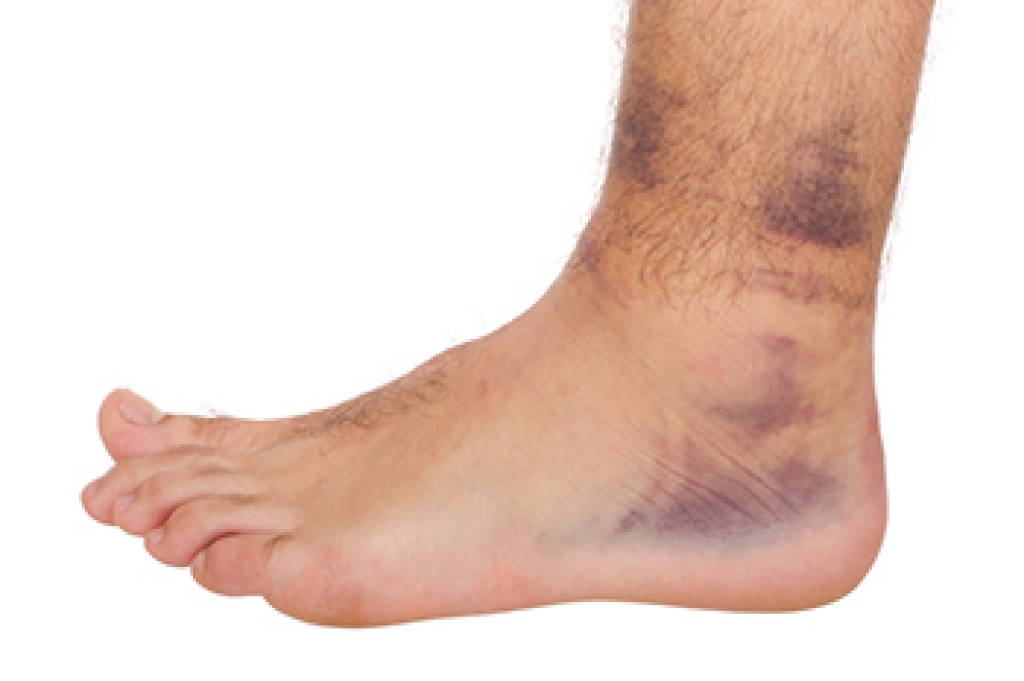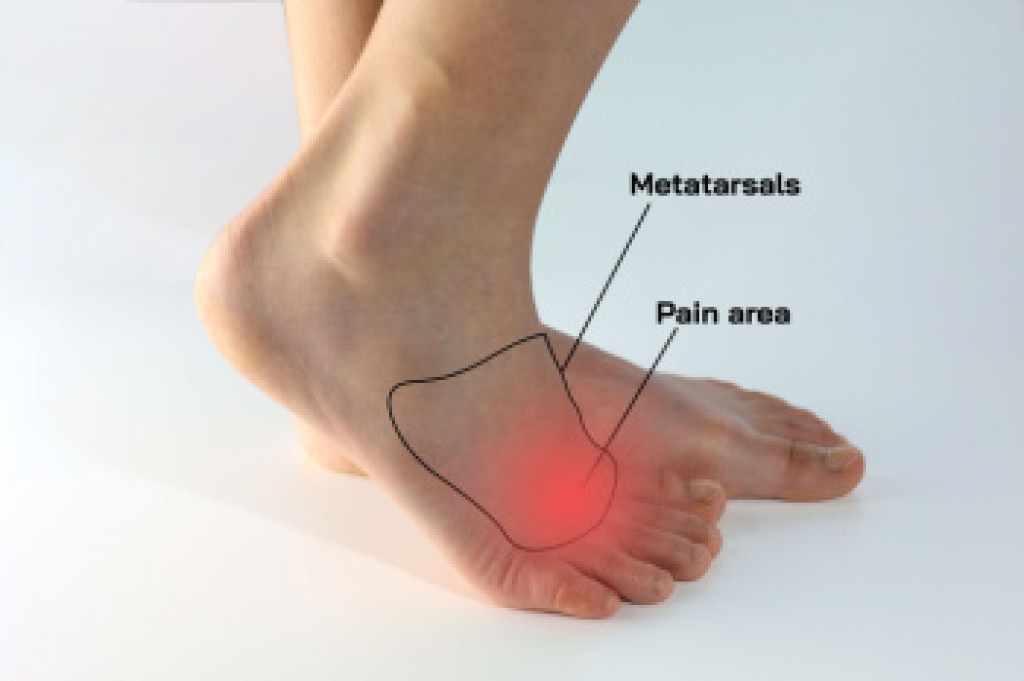
Stress fractures in female athletes often develop from repeated stress on the bones of the foot, such as the metatarsals or navicular, rather than from a single injury. These hairline fractures can result from overtraining, wearing shoes that lack adequate support, or low bone density, which is sometimes linked to hormonal changes. Symptoms of stress fractures often start as mild aching in the foot during activity and progress to sharp pain that worsens with continued exercise. Swelling or tenderness over a specific bone can also occur. A podiatrist can diagnose a stress fracture by assessing foot pain, ordering an MRI or bone scan, and identifying biomechanical issues that contribute to excess stress on the foot. Treatment may involve using a brace or walking boot, or in some cases, surgery to help the bone heal properly. If you are a female athlete at risk of stress fractures, it is suggested that you make an appointment with a podiatrist for a diagnosis and treatment.
Stress fractures occur when there is a tiny crack within a bone. To learn more, contact one of our doctors from New Jersey and New York. Our doctors can provide the care you need to keep you pain free and on your feet.
How Are They Caused?
Stress fractures are the result of repetitive force being placed on the bone. Since the lower leg and feet often carry most of the body’s weight, stress fractures are likely to occur in these areas. If you rush into a new exercise, you are more likely to develop a stress fracture since you are starting too much, too soon. Pain resulting from stress fractures may go unnoticed at first, however it may start to worsen over time.
Risk Factors
- Gender – They are more commonly found in women compared to men.
- Foot Problems – People with unusual arches in their feet are more likely to develop stress fractures.
- Certain Sports – Dancers, gymnasts, tennis players, runners, and basketball players are more likely to develop stress fractures.
- Lack of Nutrients – A lack of vitamin D and calcium may weaken the bones and make you more prone to stress fractures
- Weak Bones – Osteoporosis can weaken the bones therefore resulting in stress fractures
Stress fractures do not always heal properly, so it is important that you seek help from a podiatrist if you suspect you may have one. Ignoring your stress fracture may cause it to worsen, and you may develop chronic pain as well as additional fractures.
If you have any questions please contact our offices located in Little Silver, NJ and New York, NY . We offer the newest diagnostic and treatment technologies for all your foot and ankle needs.




